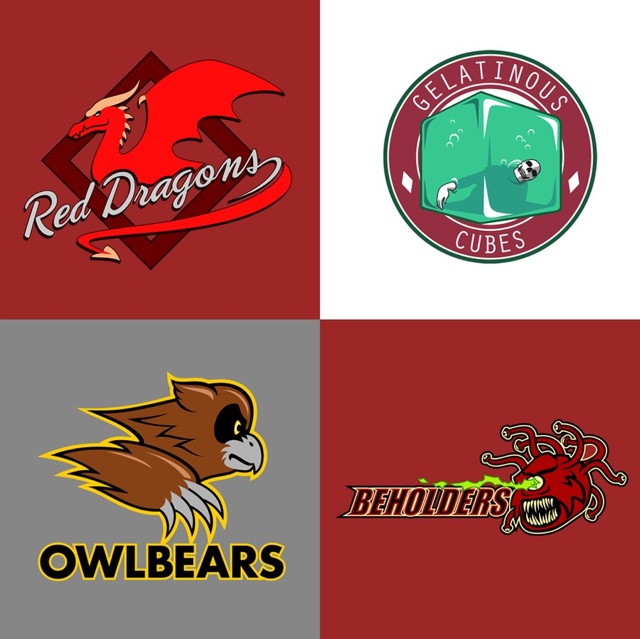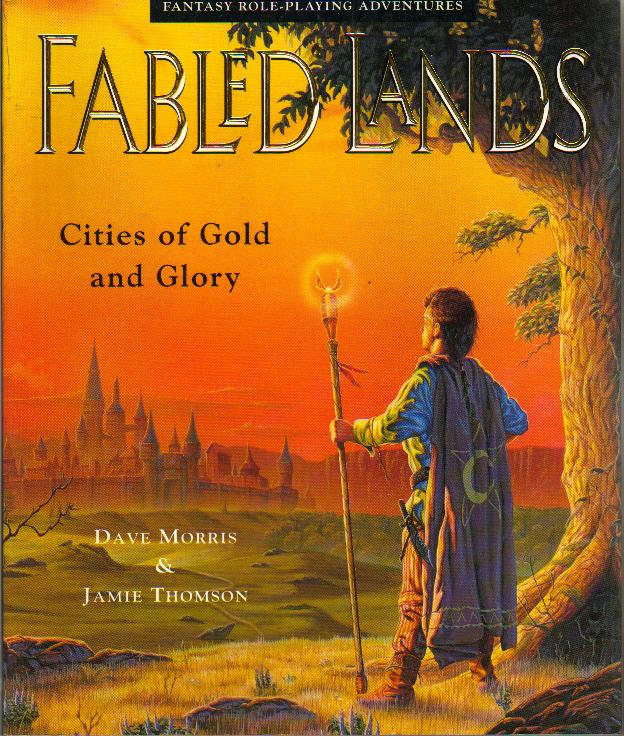 |
Dungeoneering is the most popular form of entertainment in Hyrentia and for good reason - it’s the most adrenaline-fueled, hazard-filled and deadly sport there is. The idea is that teams are sent into hand-crafted dungeons, stocked with vicious beasties, tricky traps and useful items. Teams score points for each hazard they overcome, as well as for performance. They also have to reach the exit in one piece, which doesn’t always happen. It’s a great sport.
Cities have sanctioned dungeons funded by sponsors and tax money, which are generally used for national and international competitions. On a more local level, amateurs are able to play in dungeons crafted from pub cellars or those owned by schools or other private establishments. Amateur dungeoneering tends to be less deadly but the prize money is much less than the big leagues.
The International Dungeoneering League is the body that oversees the professional dungeoneering game, where the dungeons are elaborate and the payouts large. Whereas an amateur dungeon might have a few dire rats and a rusted dart trap, the IDL puts on an incredible show full of complex traps and exotic monsters such as ogres and even dragons.
The World of Hyrentia
International Dungeoneering League takes place in the fictional fantasy world of Hyrentia, where the main past-time and most profitable game is dungeoneering. Entire economies are based on the sport - without it, cities would crumble and governments would topple. Dungeoneering is serious business in Hyrentia.
There are two continents in Hyrentia - Averdale and The Burning Lands. Averdale is by far the most populated and the place where dungeoneering has become a truly giant sport. The Burning Lands are mostly desert, but despite the desolation this is where the sport originated from. The people of the Burning Lands are dungeoneering puritans, still using the same arenas that were built over a thousand years ago by the founders of the sport. The Burning Lands tends to have a more extreme version of the sport and you will hear people in Averdale joke about ‘Burning Lands rules’, referring to the often impossible and deadly dungeons they are famous for.
Playing the Game
So what does a game of International Dungeoneering League look like? Great question. Each player will create their own dungeoneer, tackle dungeons, fight monsters, overcome obstacles and get rich without getting decapitated. Players begin at amateur level and work their way up to the professional league through numerous gaming sessions.
A player will have one of four different roles:
- The Hitter: these are the big guns. Huge builds and capable of taking a knocking as well as delivering one. Their main function is to keep dungeon threats away from the other team members.
- The Sneaker: able to move quickly and stealthily, the sneaker is a master of finding and disabling traps, as well as remaining unseen. Sneakers generally take the lead in order to recon the path ahead.
- The Patcher: When the going get tough, the Patcher is the one who is going to whip out the bandages and essentially make sure that everyone else doesn't cop it in the middle of a match.
- The Thinker: These are generally academics and clever sorts who are in charge of figuring out tricky puzzles and riddles along with dungeon navigation.
Teams are made up of 4 to 6 players and it's common to have a team name. Some of the more famous teams are:
- The Raging Harpies
- The Forest Five
- Grug’s Fine Team of Dwarves
- Dragon Butchers
- An Axe to Grind
Scoring Points
The aim of the game is to score as many points as possible. Points are gained through advancing through the dungeon, taking down monsters, overcoming traps, finding secrets and reaching the end room. Generally there will be two teams in a match and they will take consecutive turns in heading into the dungeon. The team who emerges with the most points wins (if they emerge at all).
Dungeons can contain as many points as they want, but they must have at least 10 points to obtain.
Types of Game
- Classic: The most popular version of the sport - the classic is a 10+ point game with 4-6 player teams. The aim is to reach the end room with more points than the opposing team. Weapons, armour and magic are allowed in classic games. Team levels must be the same.
- No Magic: The same as classic but magic is prohibited
- Naked: No weapons and no armour. Magic is allowed
- Time Trial: One team must reach the end room faster than the other.


